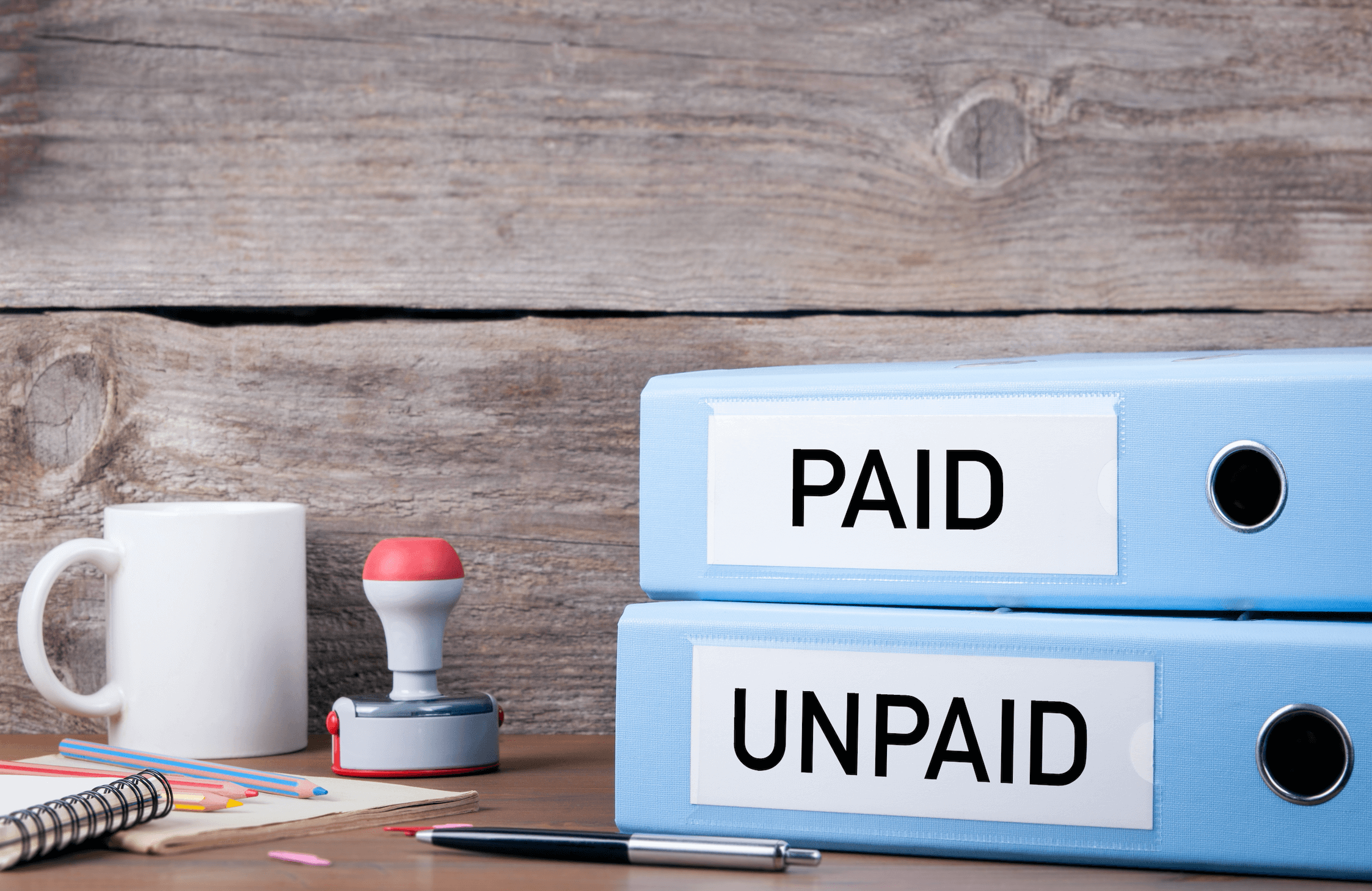In today’s rapidly evolving business landscape, ensuring financial stability requires more than just effective sales and service strategies. One crucial yet often overlooked aspect is the ability to identify and verify legal entities to mitigate the risk of unpaid fees. Implementing robust Know Your Customer (KYC) procedures can help businesses assess risks, maintain compliance, and avoid costly financial losses.
As unpaid debts continue to pose significant financial risks to organisations across various industries, understanding how to properly identify legal entities is paramount. This article delves into the importance of KYC in preventing unpaid fees, the challenges businesses face when identifying legal entities, and the best practices to ensure robust due diligence.
Understanding KYC and Its Importance
Know Your Customer (KYC) refers to the process by which businesses verify the identity of their clients to assess risk and prevent financial crimes such as fraud, money laundering, and unpaid debts. This process is not just a regulatory requirement—it’s a crucial business strategy to mitigate risks associated with engaging with individuals and corporate entities.
 KYC enables businesses to:
KYC enables businesses to:
- Identify the true identity of their clients.
- Assess the financial credibility and history of clients.
- Reduce exposure to fraudulent activities and unpaid fees.
- Maintain compliance with anti-money laundering (AML) and counter-terrorist financing (CTF) regulations.
- Improve overall financial security and risk management.
When dealing with legal entities, KYC becomes even more critical due to the complexity of corporate structures, which can sometimes obscure the identity of ultimate beneficial owners (UBOs). Without proper identification measures, businesses risk dealing with entities that may be financially unstable or have a history of unpaid obligations.
Challenges in Identifying Legal Entities
Unlike individuals, legal entities often have complex structures that make them harder to verify. Some of the major challenges include:
1. Opaque Ownership Structures
Many corporations, especially multinational entities, use intricate ownership structures involving multiple subsidiaries and offshore accounts. This can make it difficult to determine the actual owners and decision-makers within the organisation.
2. Lack of Standardised Documentation
Legal entities may operate under different regulatory frameworks depending on the jurisdiction. This means that the required documentation to verify a company’s legitimacy may vary, making it difficult to establish a uniform KYC approach.
3. Shell Companies and Fraudulent Entities
Fraudsters often use shell companies—businesses that exist only on paper with no real operations—to evade financial responsibilities. Without thorough verification, businesses may unknowingly enter into agreements with such entities, leading to unpaid fees and financial losses.
4. Difficulty in Tracing Beneficial Owners
Many companies obscure their ownership details to avoid scrutiny. Identifying the UBOs is essential because these individuals ultimately control the legal entity and may be responsible for its financial obligations.
Best Practices for Identifying Legal Entities
To effectively identify legal entities and prevent unpaid fees, businesses should implement a robust KYC framework that includes the following steps:
 1. Customer Identification Program (CIP)
1. Customer Identification Program (CIP)
A CIP is the first step in verifying a legal entity’s legitimacy. Businesses should collect and validate essential details such as:
- Company name and registered address
- Business registration number
- Tax identification number (TIN)
- Identity verification of directors and UBOs
- Business purpose and operational activities
2. Beneficial Ownership Verification
Determining who truly owns and controls a legal entity is crucial. This involves:
- Identifying individuals with at least a 25% ownership stake.
- Verifying UBOs through official documents such as shareholder agreements.
- Conducting background checks on UBOs for financial history and potential red flags.
3. Enhanced Due Diligence (EDD) for High-Risk Clients
If a legal entity poses a higher risk due to its ownership structure, geographic location, or business activities, businesses should conduct Enhanced Due Diligence (EDD). This may involve:
- Additional document verification, such as financial statements and credit reports.
- Site visits to confirm physical business operations.
- Monitoring financial transactions to detect anomalies.
4. Utilising Legal Entity Identifiers (LEIs)
A Legal Entity Identifier (LEI) is a unique 20-character code assigned to legally registered entities. It serves as a global standard for entity identification, making it easier for businesses to verify clients. Organisations can check the Global LEI System (GLEIF) database to validate a legal entity’s registration and credibility.
5. Continuous Monitoring and Risk Assessment
KYC is not a one-time process. Businesses should continuously monitor clients for:
- Changes in ownership or management.
- Financial instability or legal disputes.
- Irregular transactions or suspicious activities.
By maintaining an ongoing risk assessment program, companies can stay ahead of potential financial threats and act proactively to mitigate them.
Conclusion
In an era of increasing financial fraud and regulatory scrutiny, businesses must prioritise robust KYC procedures when dealing with legal entities. By implementing thorough client identification, beneficial ownership verification, and continuous monitoring, companies can significantly reduce the risk of unpaid fees.
KYC is not just about compliance—it’s a strategic tool that protects businesses from financial losses, enhances risk management, and builds a foundation for secure and sustainable growth. Companies that fail to invest in proper KYC procedures risk financial instability, legal disputes, and reputational damage. By being proactive and diligent, businesses can safeguard their financial interests while fostering long-term, trustworthy relationships with their clients. For more information and insights on safeguarding your business, please visit Legal Recoveries.



